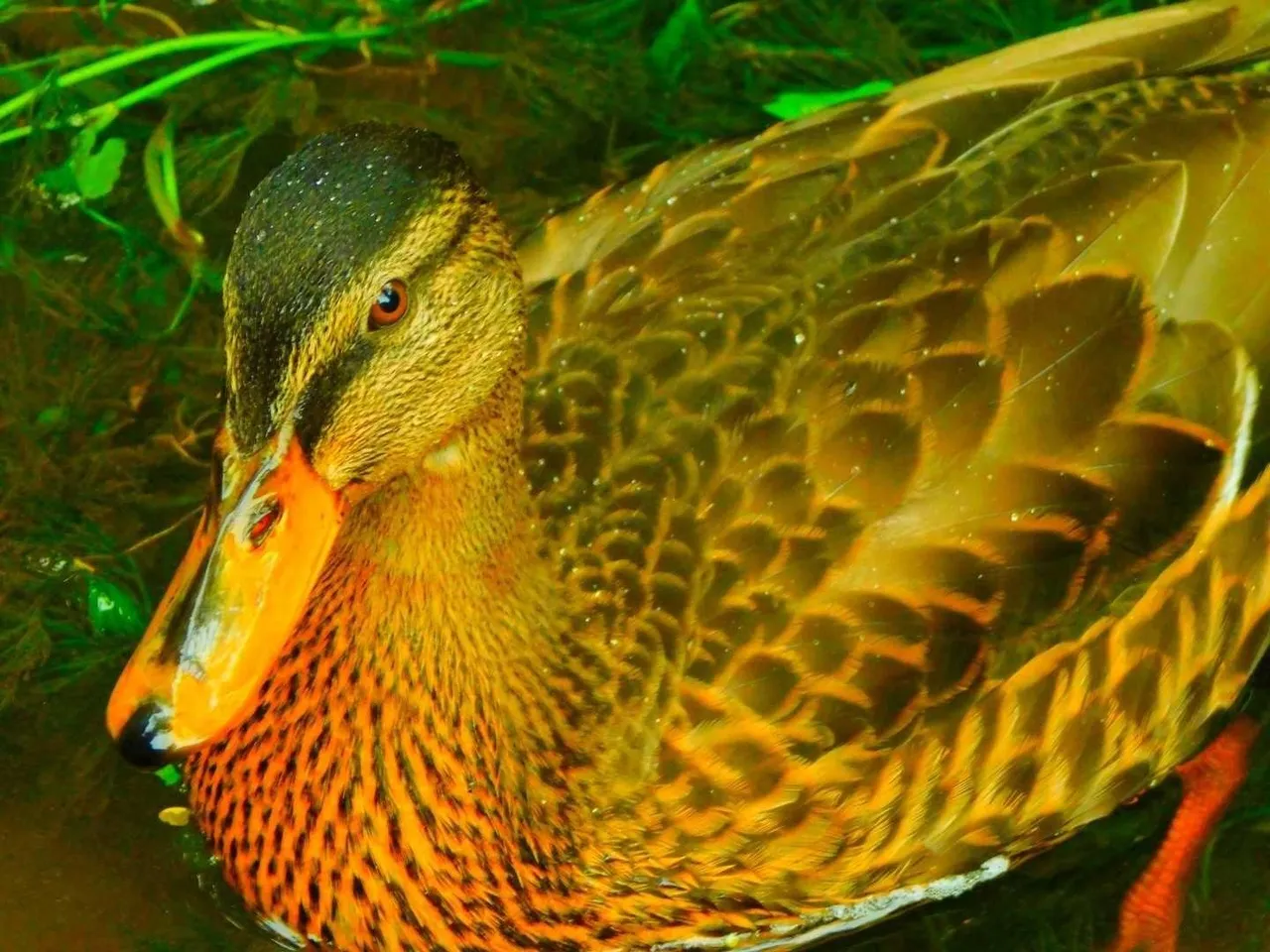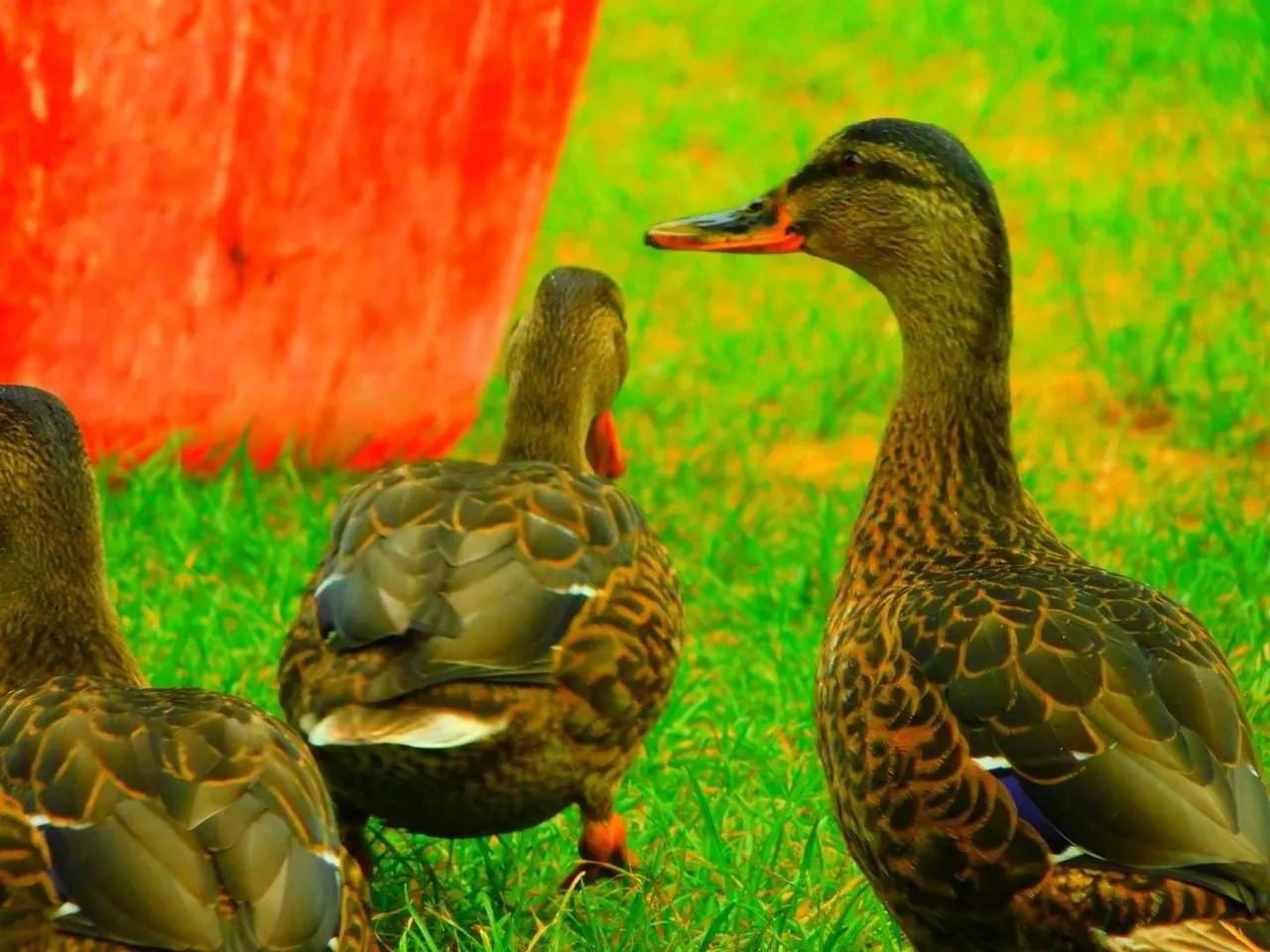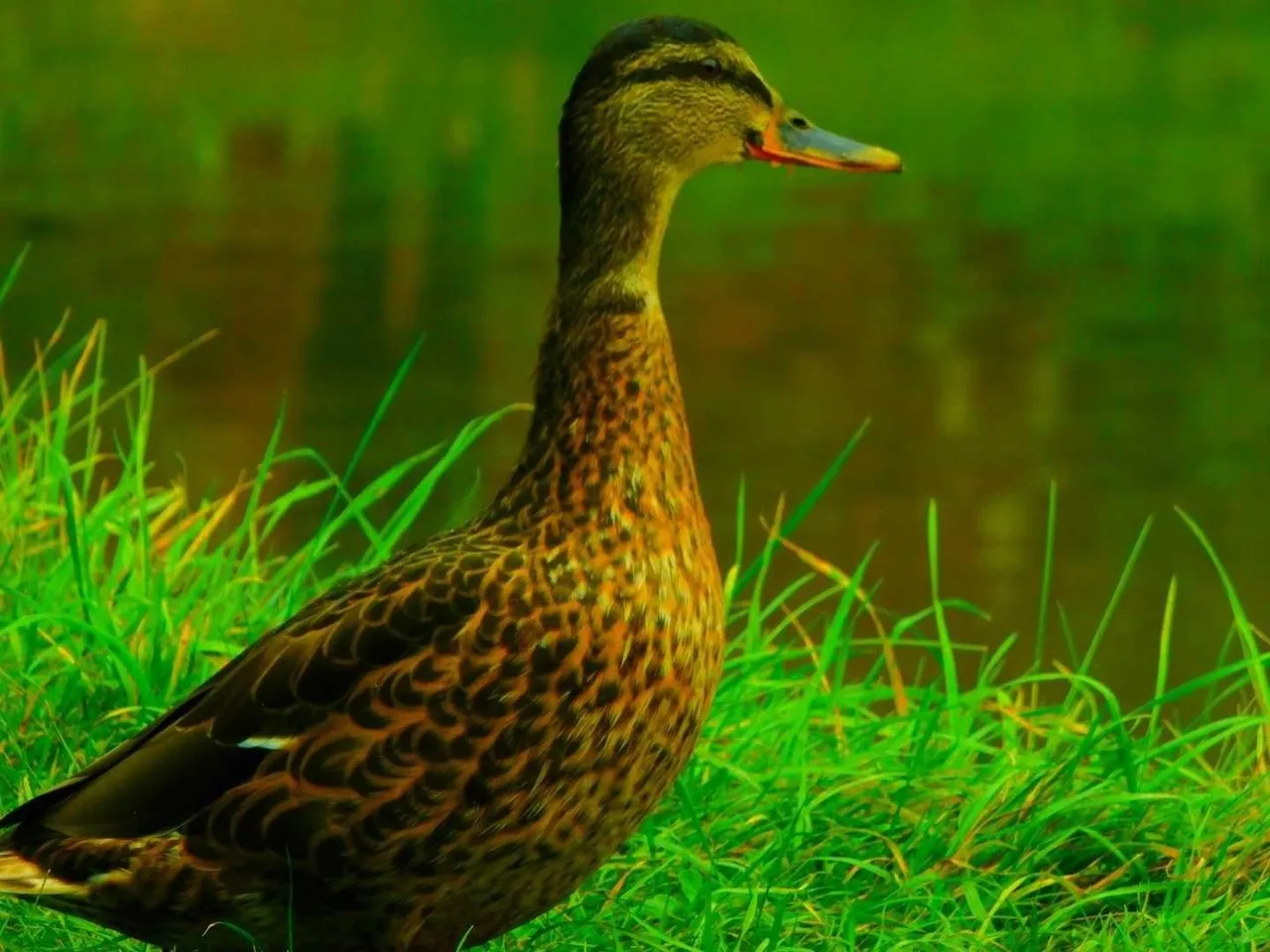Dear steemians... How are you to day
Duck or in other languages "ITIK" is familiar to all of us, because they are always in our environment every day. Even though we really understand these animals, we rarely understand how they are. So in this case I will explain some characteristics of ducks that we don't know yet.
The characteristics are as follows:

1. Based on the results of the study said that, ducks do not like change (stodgy)
Every change experienced by a duck in terms of feed, cage and maintenance techniques will be responded to by ducks with decreased production or even stress. Drastically changing the type of feed especially during the production phase will make the duck stress and stop laying eggs, as well as the changes that occur in the cage such as a collapsed cage or flood will be responded to by the cessation of egg production. Even so, the duck can be accustomed to the condition of the cage where we are, even though such as the stage cage, the cage is close to the crowds, alternative feed, or the atmosphere which according to him is different from the original, thus it will return to normal.

2. Basically or frequently happens, animal ducks are nervousous
Indian runner ducks, for example, alabio or duck ducks are animals that are easily nervous when compared to peking ducks or campbells. Genetically runner Indian descendants are indeed easy to surprise, panic, suspicious and fearful. Especially with the habit of being left (angon) in Indian runner ducks so that the nature of panic is not reduced. The nerveous (nervous) nature of ducks is what makes maintenance of ducks more "noisy" when compared to other birds that are abundant in certain places.

3. In the pre-biotic ecosystem book says, ducks are social (group) creatures.
Duck is difficult to produce optimally if it is kept separate from its group, but in a group there will also be competition for status so that duck maintenance must also separate the duck based on age, weight and sex so that optimal growth. Merging between old ducks with new ducks will also cause turmoil in the maintenance of ducks, if this is not addressed then the ducks that are kept will not lay eggs.

5. Duck food or feed
Duck feed needs per day are difficult to measure precisely because it depends on the physical, environmental conditions and also the emotions of the duck. There are times when the feed we give is not left over and it looks like the duck is still hungry, but there are also times when the ducks only eat a little and leave a lot of leftovers. In general, males will consume more feed than females because it is needed to form a strong and respected body in their group, female ducks before entering the laying period generally eat more than their need to accumulate nutrients in their body and after entering the spawning period they tend to reduce their daily feed consumption. Likewise with cold cage conditions will cause an increase in consumption when compared to a hot / warm cage. Regarding this, it is very fortunate for duck farmers who are located on the coast because there are so many foods in the area that are easily found by farmers themselves.

Such are some of the characteristics of ducks that we must understand so that this knowledge will facilitate us in its maintenance. One thing to remember also is that local ducks that exist today in Indonesia generally mix a variety of different species of ducks due to group maintenance and cross-breeding. some species so it is very difficult to predict the superiority of ducks based on their ability to lay their eggs, the short lengths of feathers fall out and the rate of growth as a result of these genetic diversity, so it can support duck farmers throughout the livestock lovers. thanks.




